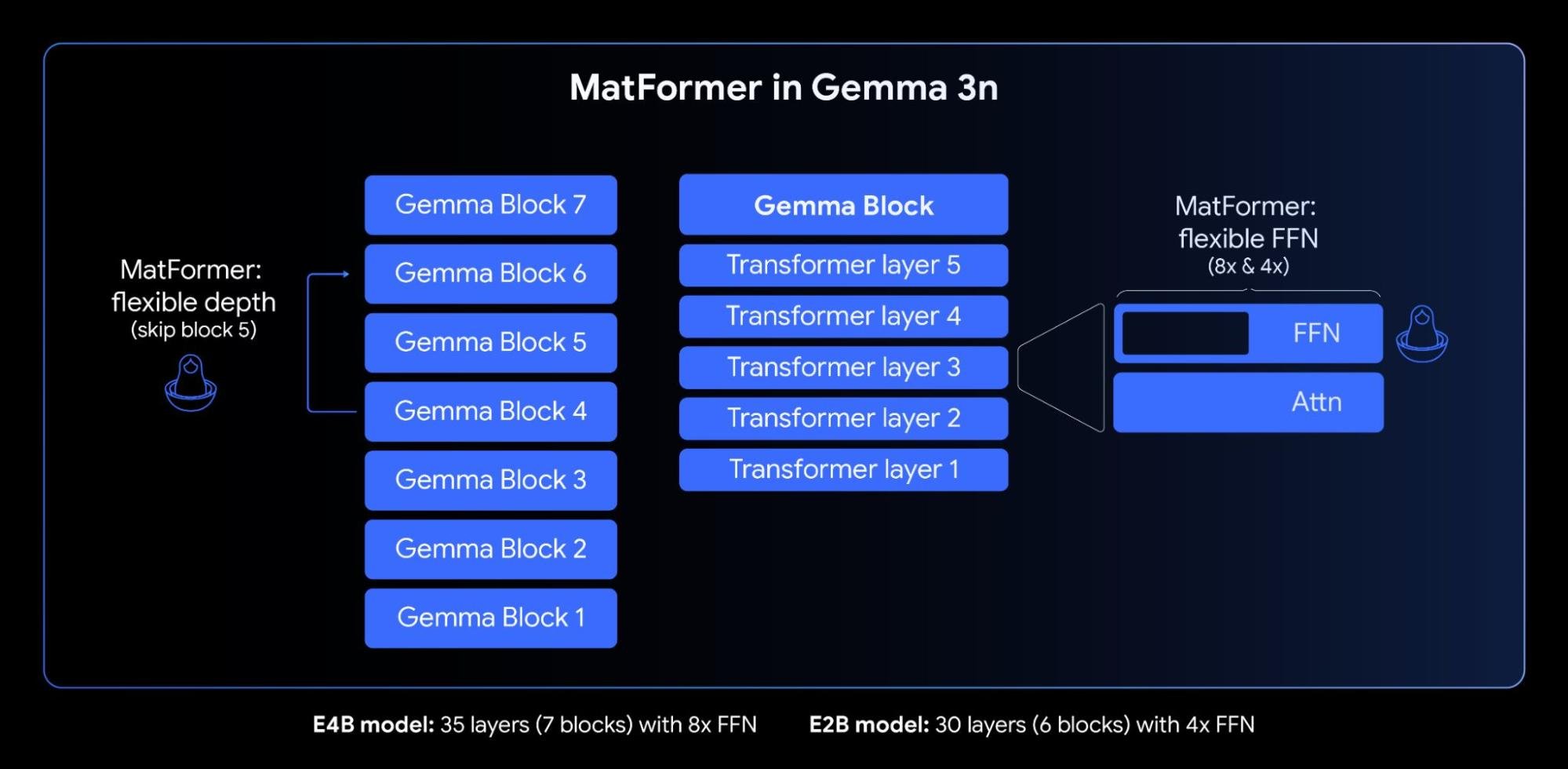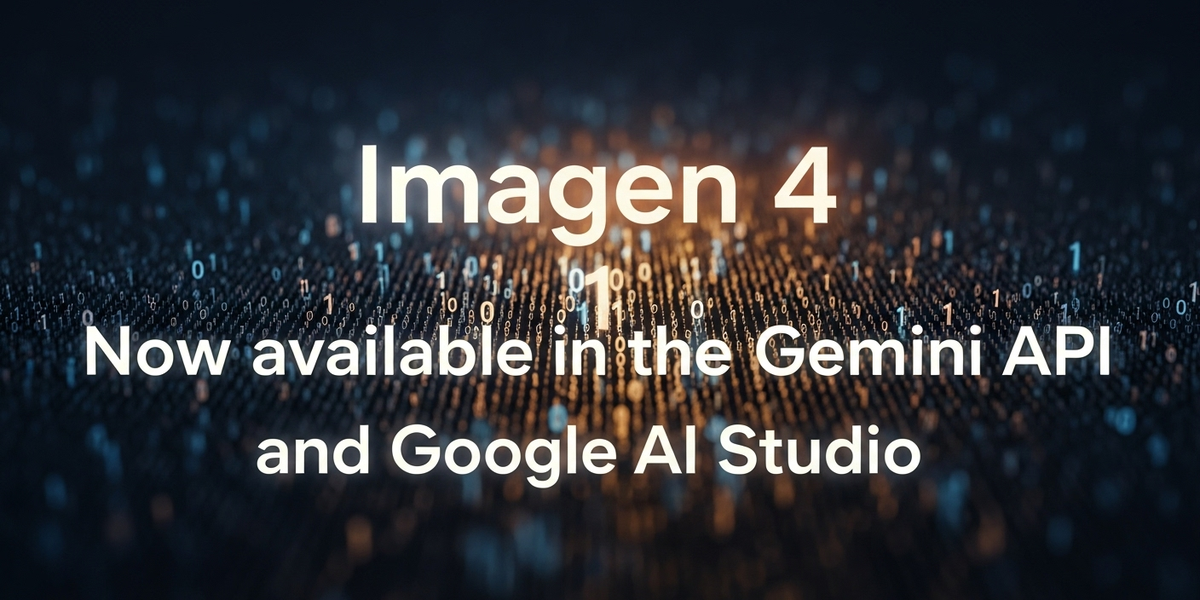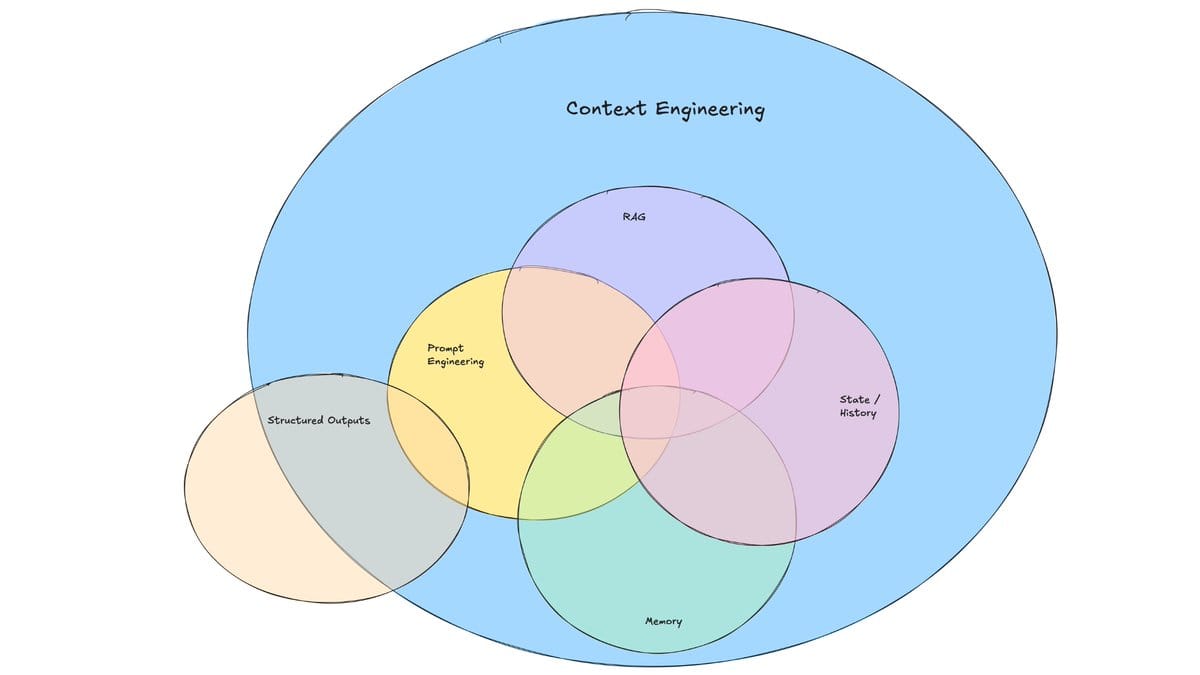
Google's Gemma 3n represents a major leap in on-device AI, featuring multimodal support for image, audio, video, and text inputs with two memory-efficient sizes (E2B and E4B). The model achieves breakthrough performance with its MatFormer architecture for flexible inference, Per-Layer Embeddings (PLE) for memory efficiency, KV Cache Sharing for faster processing, and advanced MobileNet-V5 vision and USM audio encoders. With an LMArena score over 1300 (E4B version) and support for 140 languages, Gemma 3n sets new benchmarks for edge devices. Google is partnering with the developer community through extensive tool integrations and launching the Gemma 3n Impact Challenge with $150,000 in prizes to encourage innovative applications.






